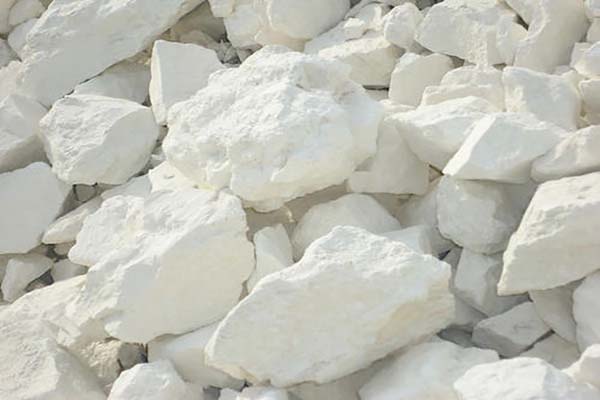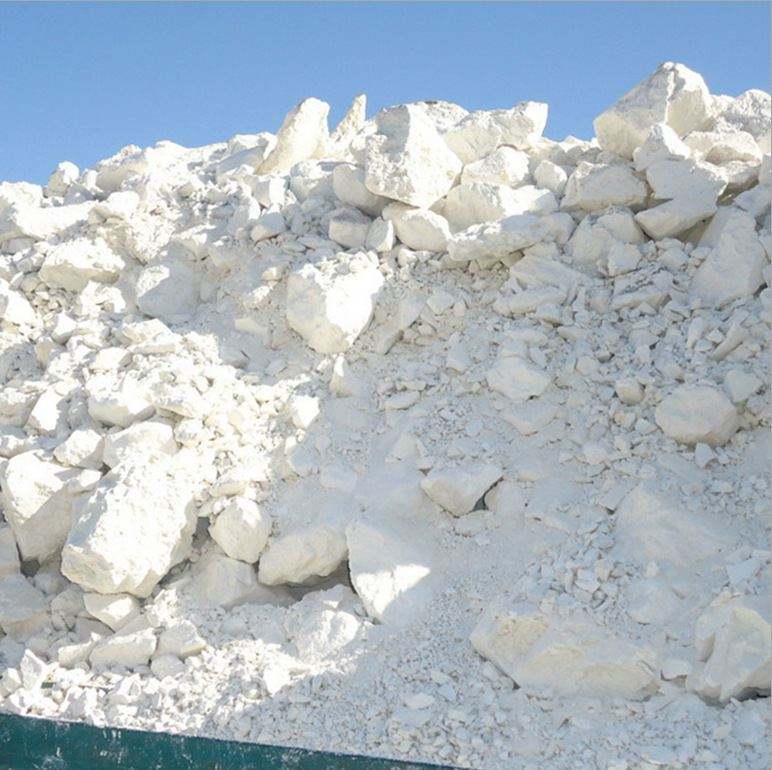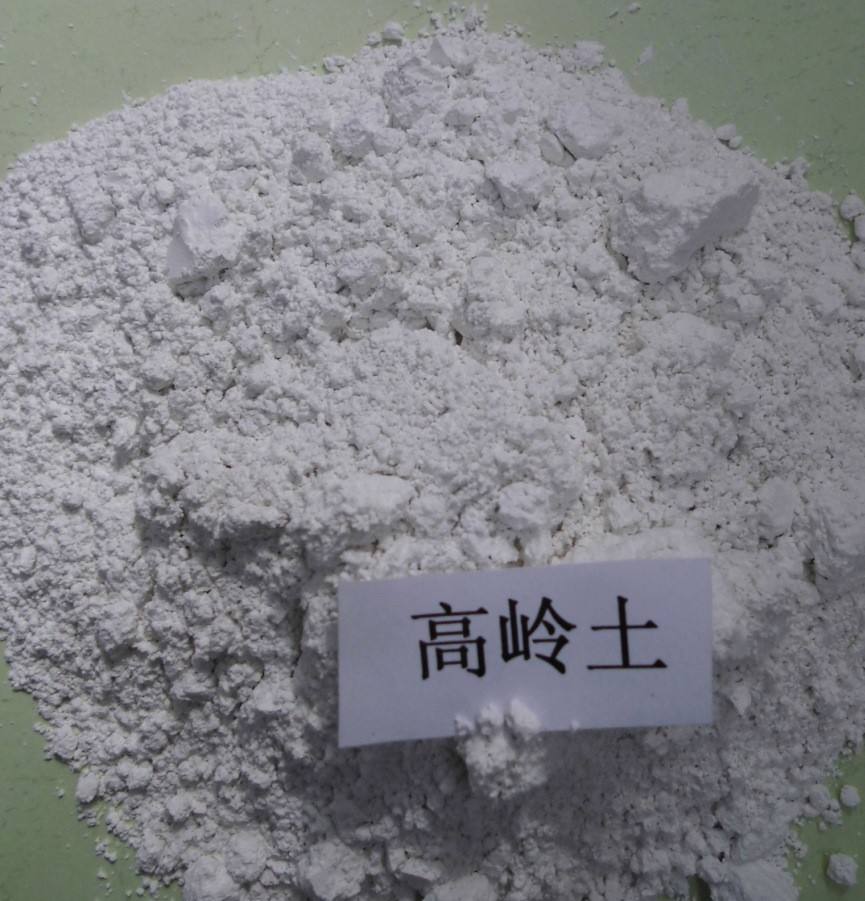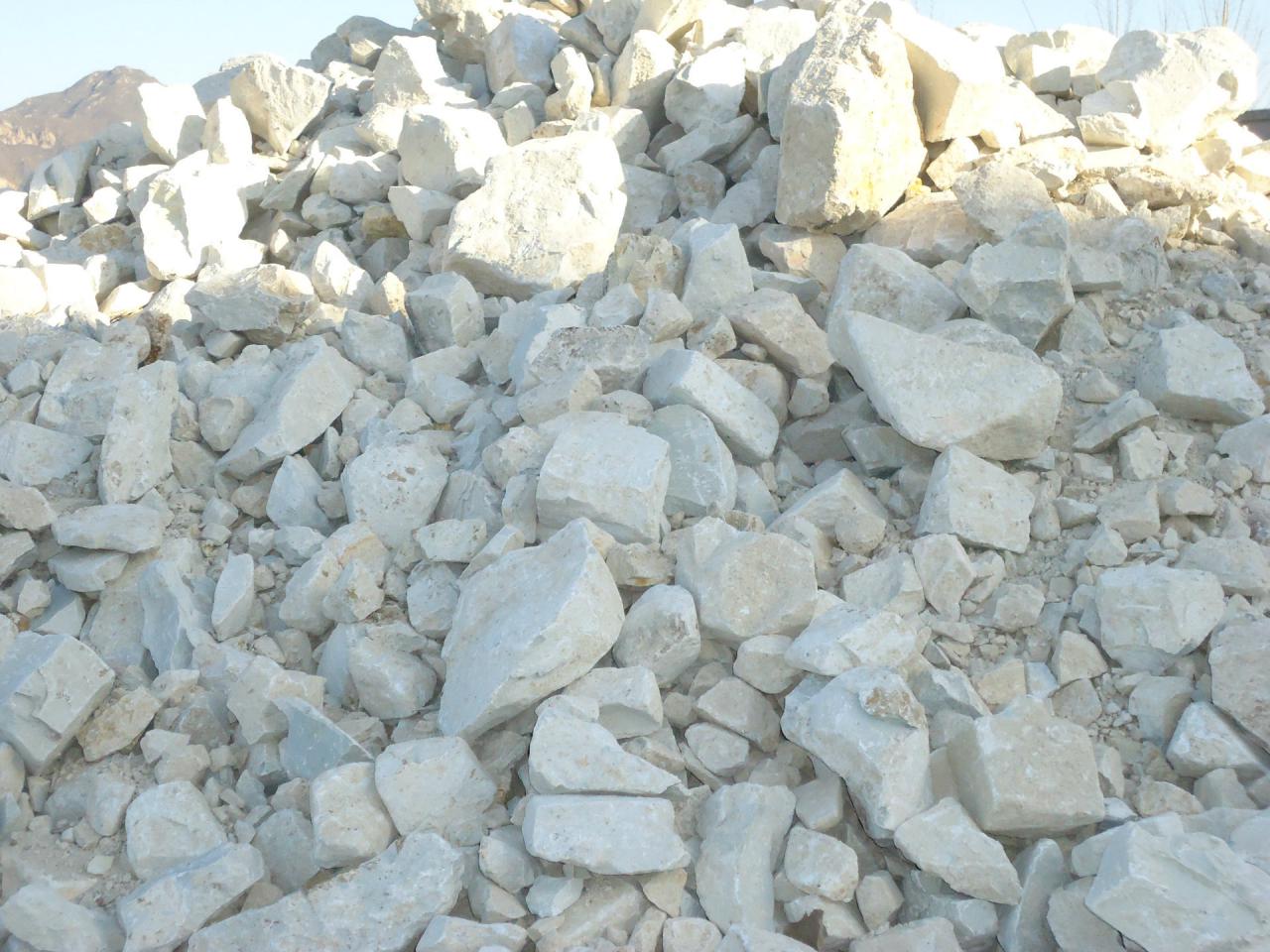Kaolin is an inorganic non-metallic mixture. Calcined kaolin is to sinter kaolin in a calcining furnace to a certain temperature and time to produce its physical and chemical properties. Certain changes to meet certain requirements.
Calcined kaolinCompared with uncalcined kaolin, the bound water content of low-temperature calcined kaolin is reduced, and the silica and alumina contents are the same. Increases, the active points increase, the structure changes, the particle size is smaller and uniform, compared with uncalcined kaolin filled NR rubber, the vulcanization characteristic curve of low-temperature calcined kaolin filled NR rubber is basically the same, and the Sauer A type hardness remains unchanged , the tensile strength is improved, and the physical properties of both meet the requirements of the industry standard for non-transparent soles of sports shoes.

What is washed kaolin:
It is a kind of deeply processed kaolin.
Washed kaolin is the best raw material for the production of high-end porcelain; after deep processing and modification, the product can be used for papermaking, rubber, paint, and coatings Ideal raw material for industrial sectors.
Nowadays, it is widely used in ceramics, rubber, plastics, artificial leather, white cement, refractory materials, chemicals and other industries as well as agriculture. With the further improvement of kaolin beneficiation technology, the application scope of kaolin will become increasingly wider. Units such as the coalfield geological system can proceed from the actual situation and base on kaolin resources and market demand in coal-bearing strata. Kaolin is a non-metallic mineral ubiquitous in nature. In the past, it was generally used in the production of ceramics, refractory materials and a small amount of filler mixed in plastics and rubber. With the increasing development of various fields of the national economy, people are paying more and more attention to the deep processing of kaolin, because this can not only obtain new materials with special properties, but also improve economic benefits. One of the deep processing methods of kaolin is to further heat, roast, and dehydrate kaolin that has been washed, dried, and ground to turn it into metakaolin, which can be used as a filler in plastic cables to improve the insulation properties of the cable sheath. Commonly used footwear rubber fillers mainly include organic fillers and inorganic fillers. The former includes reclaimed rubber and recycled materials, etc., and the latter includes white carbon black, calcium carbonate, titanium dioxide, magnesium carbonate, magnesium oxide, carbon black and Zinc oxide powder, etc. Kaolin is a new type of rubber product filler developed in recent years.

However, all applications of kaolin must be processed into fine powder before it can be added to other materials and fully integrated.
Applications of calcined kaolin:
Calcined kaolin has unique performance advantages such as high activity, high whiteness, high dispersion and high covering, plus it is non-toxic, non-radiative and non-polluting and environmentally friendly Characteristics, it is widely used in various fields such as papermaking, coatings, paints, and environmental protection.
1. Used in coatings: it fills the skeleton and can replace part of titanium dioxide. It is used in interior and exterior wall coatings, high-end paints, inks and marking paints, etc., reducing the cost.
2. Used in plastics: It can improve the strength, whiteness and electrical insulation of greenhouse films, mulch films, cables, PVC pipes (boards) and other products, and also has It can improve the scattering light transmittance in plastic films, block infrared rays, and serve as a volume filler to reduce costs.
3. Used in papermaking: The use of calcined kaolin can increase the void volume, bulk and smoothness of the coating, improve the opacity and elasticity of the paper, and improve the adsorption of ink. , gloss and reduce printing spots.
4. Used in pesticides and petrochemicals: Because the surface of calcined kaolin particles has fine pores and great adsorption properties, it can be used in medicine and pesticides; Neutral, with high silicon content, it can be used to make silicon fertilizers and feed additives; it can be used as a catalyst in oil refining to improve oil quality.

5. Used in paints: Calcined kaolin has the characteristics of low cost, high whiteness, strong hiding ability and chemical inertness. It can be used as a filler in the production of paints and coatings. and color substitutes.
6. Used in materials and cutting-edge science: can be used as high-temperature combustion chambers, nozzles, cylinders and other special ceramic materials and fine materials in automobiles, airplanes, rockets, etc. Ceramic material.
The difference between washed kaolin and calcined kaolin.�
First of all, calcined kaolin has been calcined, and the crystal form and original soil have changed; while washed kaolin is only a physical treatment and will not change the properties of the original soil.
Processing method:
Calcined kaolin: raw ore crushing, pulping, cyclone classification, flaking, centrifugal classification, concentration, filter press, internal evaporation and drying, calcination, depolymerization, etc.
Washed kaolin: After crushing the raw ore, it undergoes slurrying, sand removal, cyclone classification, peeling, centrifuge classification, magnetic separation (or bleaching), and concentration , filter press and dry.
Secondly, the difference in whiteness is relatively large. Generally, the whiteness of kaolin will increase after light burning, but washing with water will not significantly increase the whiteness:

Calcined kaolin: The whiteness after calcining is more important. The higher the calcined whiteness, the better the quality. Ceramic technology stipulates that drying at 105°C is the grading standard for natural whiteness, and calcining at 1300°C is the grading standard for calcined whiteness.
Washed kaolin: Prepare kaolin into a slurry with a solid gas content of about 40%. After adding a dispersant, add grinding media (such as quartz sand, porcelain beads, glass beads , nylon polyethylene beads, etc.) in a grinder, after grinding for a certain period of time, sieving, and then sedimentation and classification.
Third, the uses are different. Depending on the calcination temperature, kaolin can be used as a papermaking additive and refractory aggregate. Water-washed kaolin is generally used as Papermaking filler. Moreover, calcined kaolin currently mainly refers to hard kaolin (coal-based kaolin). The original soil has no cohesiveness and cannot be directly used as a raw material for papermaking or refractory materials. It needs to be calcined before application; the original soil of washed kaolin has cohesiveness and can be used. Directly used as refractory material binder or papermaking filler. As a papermaking filler, the whiteness of calcined kaolin is much better, and the cost is also relatively high.
Calcination will also cause the particle size of kaolin to increase. Although the specific surface area decreases and the adsorption property decreases, the surface energy decreases, which improves the dispersion of kaolin, and amorphization makes the structure loose, which can also improve Dispersibility. Calcined and dehydroxylated kaolin is usually ground and refined or chemically surface modified and used as reinforcing filler in rubber, plastics, etc. to partially replace white smoke.


